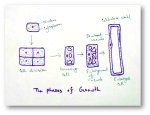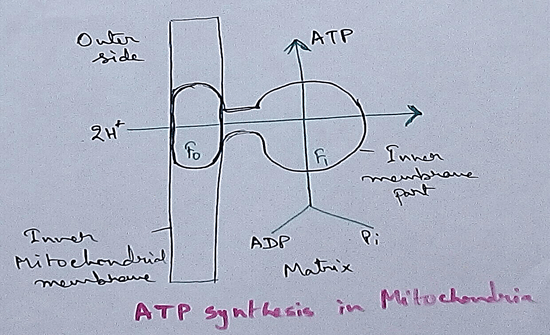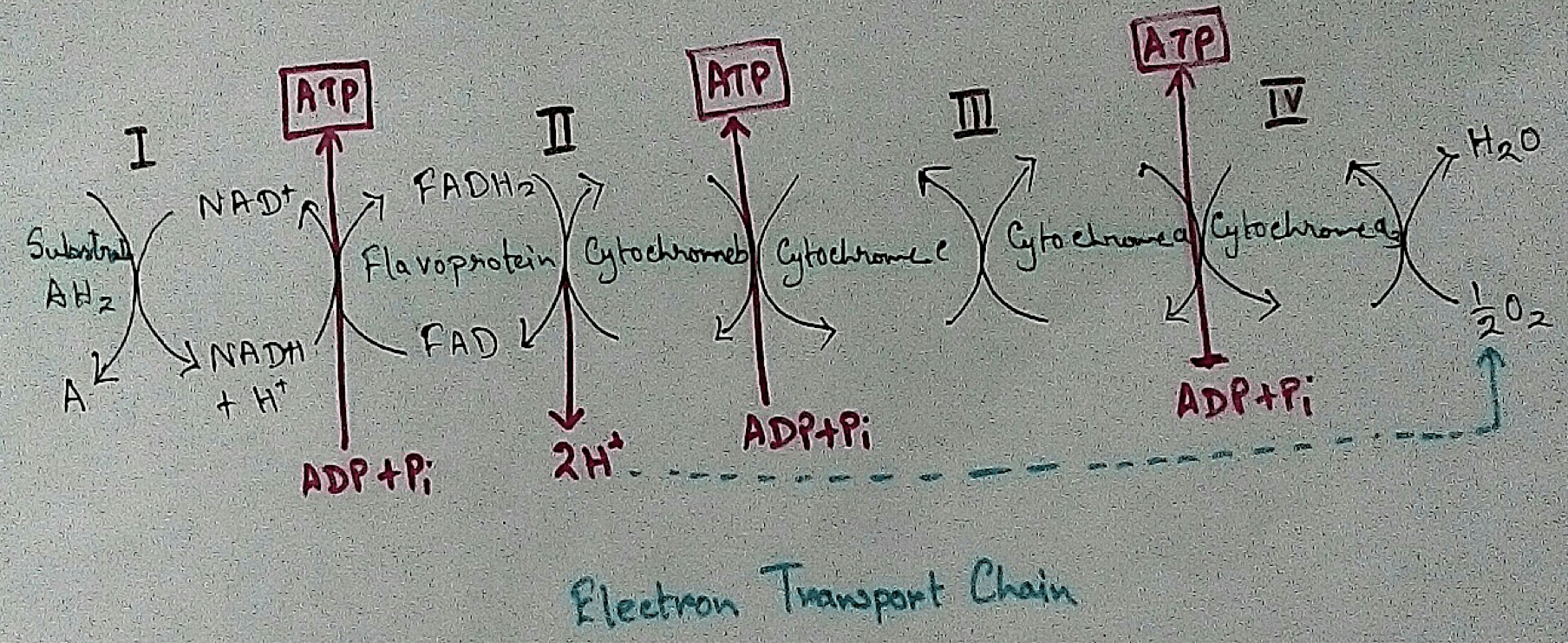Living Things Reproduce
All living things reproduce. Humans, animals and plants reproduce their own kind. Humans and most animals give birth to babies that are like themselves. This is called reproduction.
We have seen a small baby in a hospital. Do we know from where the small baby comes? Who gave birth to her? Her mother gave her birth. You too were born as a baby.
Animals reproduce by giving birth to young ones. Dogs give birth to their young ones. A cow gives birth to her calf. A cat gives birth to a kitten. Similarly donkeys, monkeys, goats, rabbits, etc. also give birth to their babies.
Some animals like snakes, birds and insects reproduce through laying their eggs. Their babies hatch from these eggs. Birds lay eggs which hatch into tiny birds.
Most plants reproduce from their seeds. When the seeds fall
on the ground they grow into new plants with the help of the sunlight, air and
water. Some plants like potato, ginger, roses, etc. produce new plants from
different parts such as stems, roots and leaves. So, all living things can
reproduce.
Does a big car reproduce a small car?
No, a big car cannot reproduce.
Does a big table reproduce a small table?
No, a big table cannot reproduce.
Non-living things like chairs, balls or clothes cannot reproduce at all.
Living Things Need Food and Water
Animals and PlantsFrom Living Things Reproduce to HOME PAGE
Recent Articles
-
Explain about Growth in Plants |Definition of Growth & Differentiation
Feb 27, 25 02:07 PM
Growth is a permanent increase in length or volume of an organism that brought upon by an increase in its dimensions due to synthesis of new protoplasmic material. -
Definition of Respiratory Quotient | calculation | Application | Plant
Dec 02, 24 12:09 AM
Definition of respiration quotient- the ratio of the carbon-dioxide evolved to that of the oxygen consumed by a cell, tissue, plants or animals in a given time is called respiratory quotient. It is us… -
Amphibolic Pathway | Definition | Examples | Pentose Phosphate Pathway
Jun 06, 24 10:40 AM
Definition of amphibolic pathway- Amphibolic pathway is a biochemical pathway where anabolism and catabolism are both combined together. Examples of amphibolic pathway- there are different biochemical… -
Respiratory Balance Sheet | TCA Cycle | ATP Consumption Process
Feb 18, 24 01:56 PM
The major component that produced during the photosynthesis is Glucose which is further metabolised by the different metabolic pathways like glycolysis, Krebs cycle, TCA cycle and produces energy whic… -
Electron Transport System and Oxidative Phosphorylation | ETC |Diagram
Feb 04, 24 01:57 PM
It is also called ETC. Electron transfer means the process where one electron relocates from one atom to the other atom. Definition of electron transport chain - The biological process where a chains…




New! Comments
Have your say about what you just read! Leave me a comment in the box below.